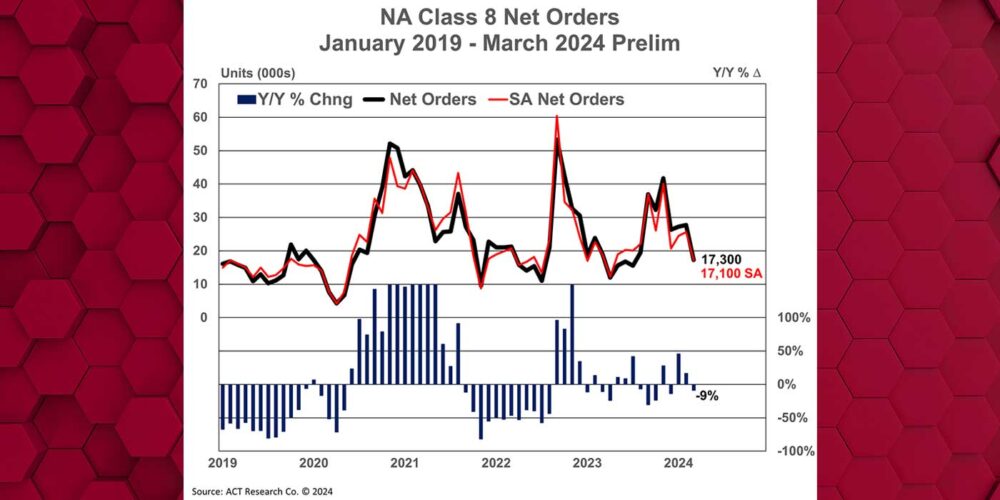“With the cost of equipment today, typically one of the first questions raised by our full service lease customers is about fuel efficient specifications,” says Paul Rosa, senior vice president of procurement and fleet planning at Penske Truck Leasing. “Customers always weigh the idea of whether or not a spec is the right fit for their fleet. There are some geographies and applications that don’t really allow for the lightest and most fuel-efficient specs to be applied. Then there is company philosophy: Do they value performance more than fuel efficiency?”
“Interest in fuel efficient specifications among full service lease customers varies by client,” says Ryder System’s Vice President of Supply Management and Global Fuel Products, Scott Perry. “For the past 10 years, fuel economy has been top of mind because of high fuel costs. Now, as EPA requirements put the focus directly on improving fuel efficiency, customers have become more passive, believing fuel economy benefits will occur automatically. Our approach is to focus on MPG all the time, one fleet at a time.
“There is not a cookie cutter approach to fuel-efficient specifications,” Perry continues. “Our model for leasing customers is application centric and each customer has a different business model. However, there are some standards and some alternatives. Our job is to work with customers to understand trade-offs and take the guesswork out of their decisions.”
Penske’s Rosa also notes that there are many elements to consider when specifying for fuel efficiency. “One is the actual model,” he states, “including the cab design and aerodynamic packages, which are essential in over-the-road operations to maximize fuel efficiency. Side fairings and extenders, roof fairings, bumpers and mirrors all play a key role in moving air efficiently and reducing drag.
“Powertrain combinations are another essential component,” he continues. “Engines, today, operate at lower RPMs, have multi-torque features and settings that control maximum road and cruise speeds for the best return. Additionally, OEMs have designed integrated systems that allow the engine and transmission to work together optimally. Along with the most effective choice of direct drive and overdrive, automatic or automated manual transmissions, and faster rear axle ratios, today’s powertrains operate very efficiently.”
(Click “Next Page” to continue reading).















